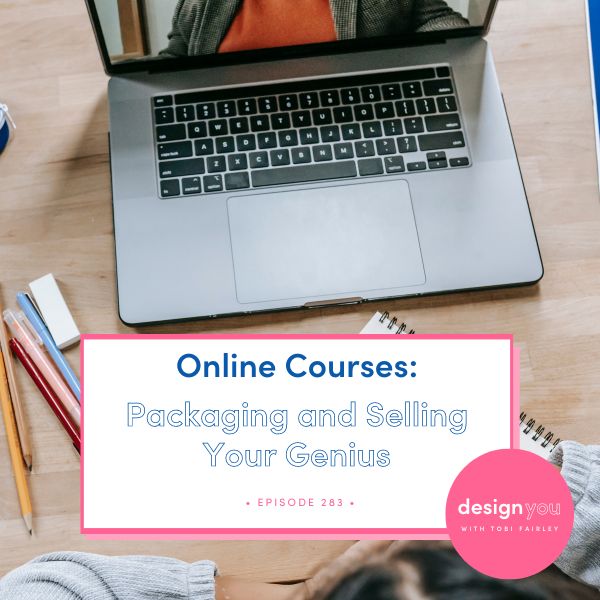
As designers and creatives moving through a changing world, we’re always looking for what’s next in our business. This week, I’m joined by four of my students from my Online Course Incubator. They created courses in just six months, helping their clients in a whole new way, and creating a new stream of revenue in their businesses in the process.
When these four entrepreneurs decided to sign up for my Online Course Incubator, they asked the question: What does this make possible? They took their ideas, expertise, and intellectual property, and turned them into amazing resources, and their insights will help you see how doing something similar will open up new possibilities for the future of your business.
Tune in this week to discover how to take your genius and make it into something you can sell over and over. Robineve, Katie, Marcie, and Allison are here to discuss their experience in my Online Course Incubator, how creating online courses has changed their businesses, and they’re sharing their advice if you’re currently on the fence about the benefits of building online courses.
My Online Course Incubator is launching again in the fall of 2023. We only have 10 spots, so click here to sign up before it’s too late!
Discover a new path to success in the Interior Design Industry with our live 3-part training: How To Create Additional Revenue Streams. Join us as we teach you the strategies to launch innovative income streams, freeing you from the limitations of traditional design services. Don’t miss this opportunity to revolutionize your business and thrive in today’s competitive landscape. Grab the Training Series now to prepare your business for today & beyond!





